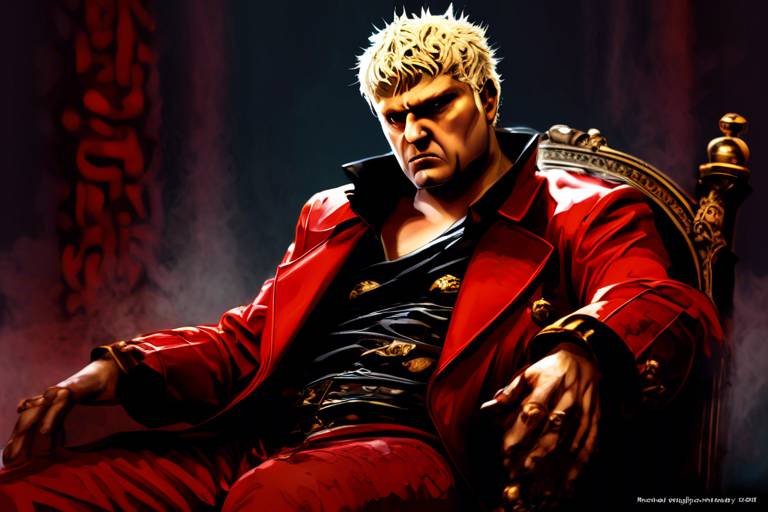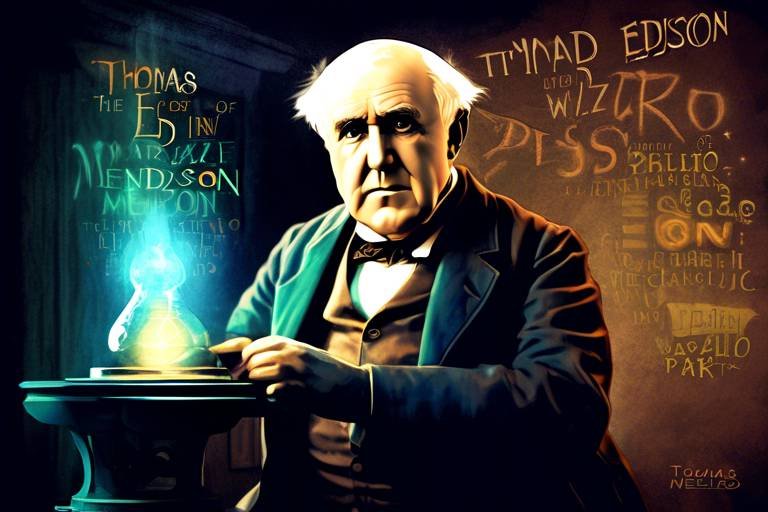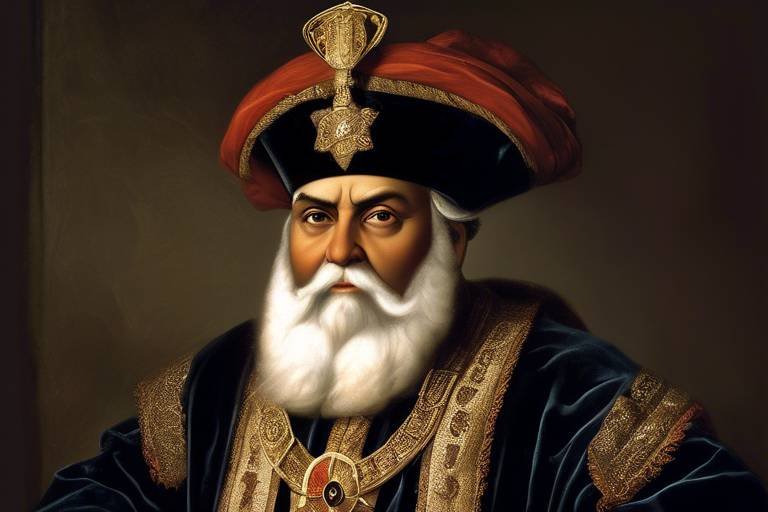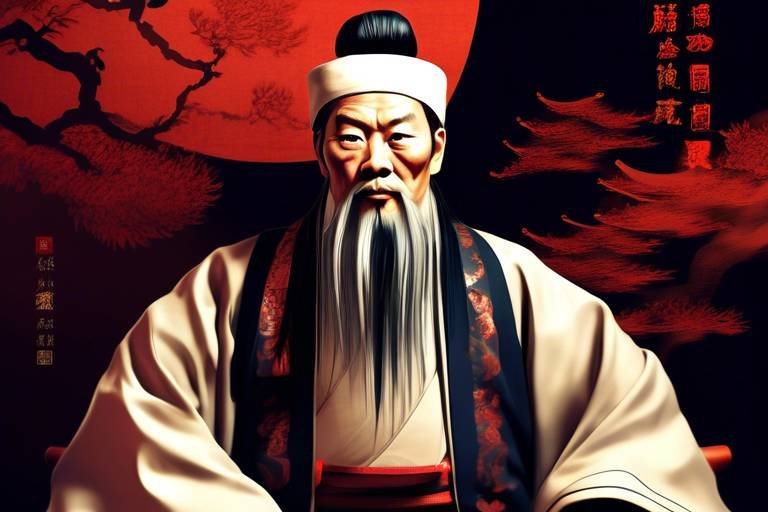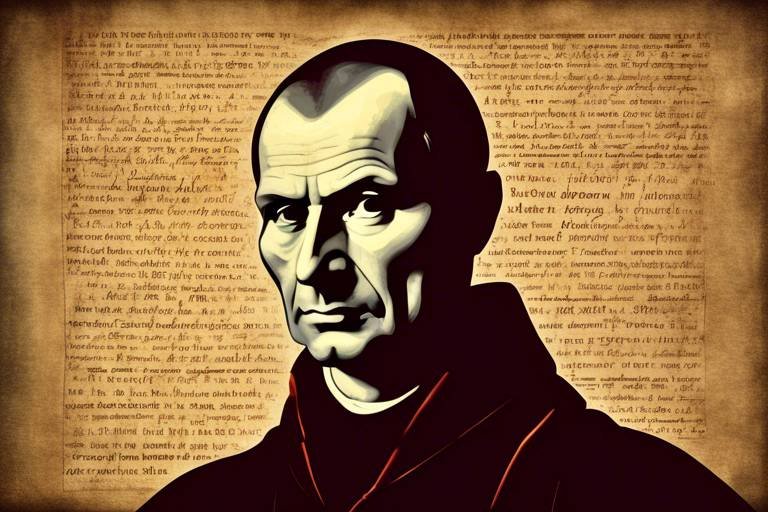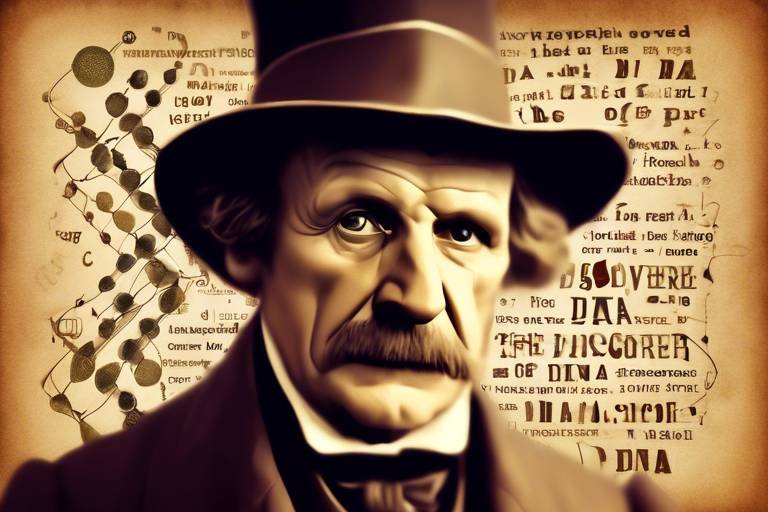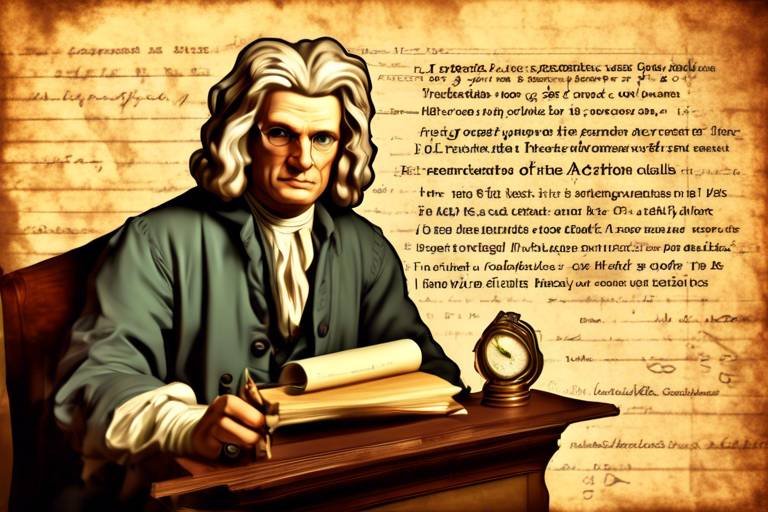Nero: The Emperor of Debauchery
Nero, the Emperor of Debauchery, is a figure shrouded in controversy and infamy throughout history. His reign was marked by a series of shocking events that showcased his extravagant lifestyle, cruel tendencies, and tyrannical rule. Known for his penchant for excess and indulgence, Nero's legacy is a complex tapestry of power, artistry, and scandal.
From his early life to his ascension to power, Nero's journey to becoming Emperor of Rome was anything but ordinary. Rising to the throne at a young age, he initially showed promise with his ambitious visions for the empire. However, as time passed, his reign took a dark turn, leading to a spiral of decadence and tyranny that would define his rule.
One of Nero's most notable traits was his architectural ambitions and grand projects. The construction of the opulent Domus Aurea and the infamous Great Fire of Rome are just a few examples of his extravagant endeavors. The Great Fire, in particular, sparked rumors of Nero's involvement, adding fuel to the fire of his controversial reputation.
Despite his reputation for debauchery, Nero also had a passion for the arts and cultural pursuits. His performances on stage and patronage of artists left a lasting impact on Roman society, showcasing a complex and multifaceted ruler beneath the facade of excess and cruelty.
However, Nero's rule was marred by political intrigues and persecutions. His ruthless tactics to maintain power, including the persecution of Christians and the execution of political rivals, painted a picture of a tyrant willing to do whatever it took to solidify his authority.
The Pisonian Conspiracy stands as a stark reminder of Nero's paranoia and the lengths he would go to protect his rule. The failed coup attempt led by Gaius Calpurnius Piso resulted in a wave of executions and purges, highlighting the brutal nature of Nero's reign.
As Nero's descent into madness became more pronounced, so too did the revolt of the Roman legions. His eventual suicide marked the end of a tumultuous reign that left a lasting impact on the Roman Empire and historical perceptions of his rule. Nero's legacy, a mix of artistry and tyranny, continues to intrigue and fascinate historians and enthusiasts alike.

Early Life and Ascension to Power
Exploring the scandalous reign of Nero, the infamous Roman Emperor known for his extravagance, cruelty, and debauched lifestyle that led to his tyrannical rule and ultimate downfall.
An overview of Nero's upbringing reveals a tumultuous childhood marred by family intrigues and power struggles. Born Lucius Domitius Ahenobarbus in 37 AD, Nero was the son of Gnaeus Domitius Ahenobarbus and Agrippina the Younger, the sister of Emperor Caligula. His ascension to power came unexpectedly at the age of 16 when his mother, Agrippina, orchestrated his adoption by Emperor Claudius, ultimately leading to his proclamation as Emperor Nero in 54 AD.

Architectural Ambitions and Grand Projects
Nero's reign was marked by his extravagant architectural ambitions and grand projects that aimed to showcase his power and wealth. One of his most famous endeavors was the construction of the Domus Aurea, a lavish palace complex in the heart of Rome. This opulent residence featured sprawling gardens, intricate frescoes, and luxurious amenities, reflecting Nero's taste for luxury and excess.
Additionally, Nero embarked on ambitious urban development projects, including the Domus Transitoria and the Golden House, which further solidified his reputation for grandeur and opulence. These architectural feats were intended to glorify Nero's reign and leave a lasting legacy of his rule for future generations to admire.
However, Nero's most infamous architectural project was inadvertently linked to one of the greatest disasters in Roman history - the Great Fire of Rome. Following the devastating fire that ravaged the city for six days, Nero seized the opportunity to implement his grand vision for rebuilding Rome.
Despite rumors suggesting Nero may have orchestrated the fire to clear space for his architectural projects, historical evidence remains inconclusive. Nevertheless, Nero's response to the fire, including providing aid to the displaced citizens and initiating reconstruction efforts, showcased his determination to leave a lasting mark on the city through his architectural endeavors.

The Great Fire of Rome
The Great Fire of Rome was a catastrophic event that ravaged the city for six days in AD 64, leaving much of it in ruins. The fire started in the merchant area of the city and quickly spread due to the strong winds and the closely packed wooden buildings. Despite the widespread devastation, Nero's response to the disaster was met with suspicion and criticism.
Rumors began to circulate that Nero had ordered the fire to be set deliberately to clear space for his grand architectural ambitions, particularly the construction of his lavish palace, the Domus Aurea. Some accounts even suggest that Nero watched the city burn from a tower while playing the lyre, leading to the infamous myth that he "fiddled while Rome burned."
While there is no concrete evidence to support the theory of Nero starting the fire, the perception of his callousness and disregard for his people's suffering only added to his growing reputation as a tyrant. The Great Fire of Rome marked a turning point in Nero's reign, tarnishing his image and deepening the rift between him and the Roman populace.
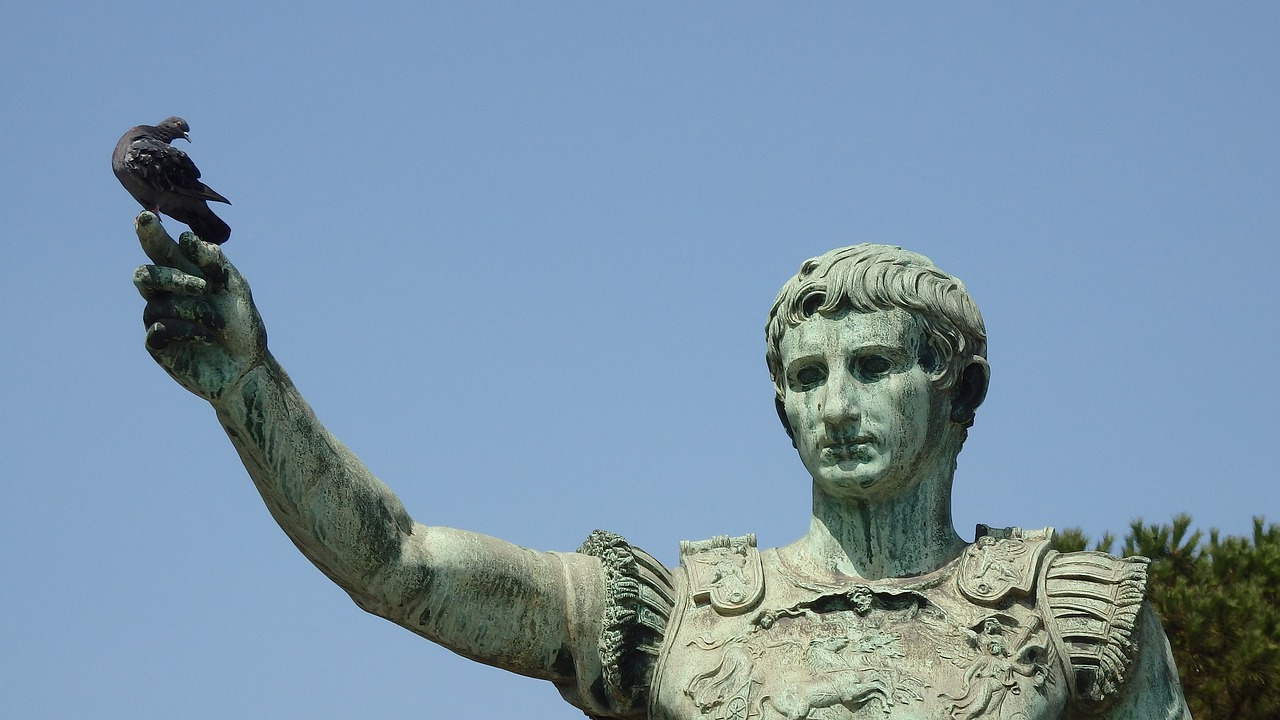
Artistic Pursuits and Cultural Impact
During Nero's reign, his artistic pursuits and cultural impact played a significant role in shaping his legacy. Despite his reputation for debauchery and tyranny, Nero had a deep passion for the arts and a desire to be recognized as a talented performer. He often took to the stage himself, participating in various artistic endeavors ranging from singing to acting. Nero's performances were not only a display of his artistic abilities but also a means of exerting his influence and power over the Roman populace.
One of Nero's most famous artistic projects was the Domus Aurea, or Golden House, a lavish palace complex in the heart of Rome. This architectural marvel showcased Nero's extravagant taste and grandiose ambitions, featuring opulent decorations, intricate mosaics, and sprawling gardens. The construction of the Domus Aurea was a testament to Nero's desire to leave a lasting mark on the city and solidify his legacy as a patron of the arts.
In addition to his architectural endeavors, Nero was known for his patronage of various artists and performers, fostering a vibrant cultural scene in Rome during his reign. He supported poets, musicians, and actors, providing them with resources and opportunities to showcase their talents. Nero's influence on the arts extended beyond his patronage, as he actively participated in performances and competitions, often receiving accolades for his skills on stage.
Despite his contributions to the cultural landscape of Rome, Nero's artistic pursuits were overshadowed by his reputation for extravagance and excess. His lavish lifestyle and indulgent behavior alienated many within the Roman elite, leading to resentment and criticism of his rule. However, Nero's impact on the arts endured long after his reign, shaping the artistic traditions and cultural practices of ancient Rome for generations to come.
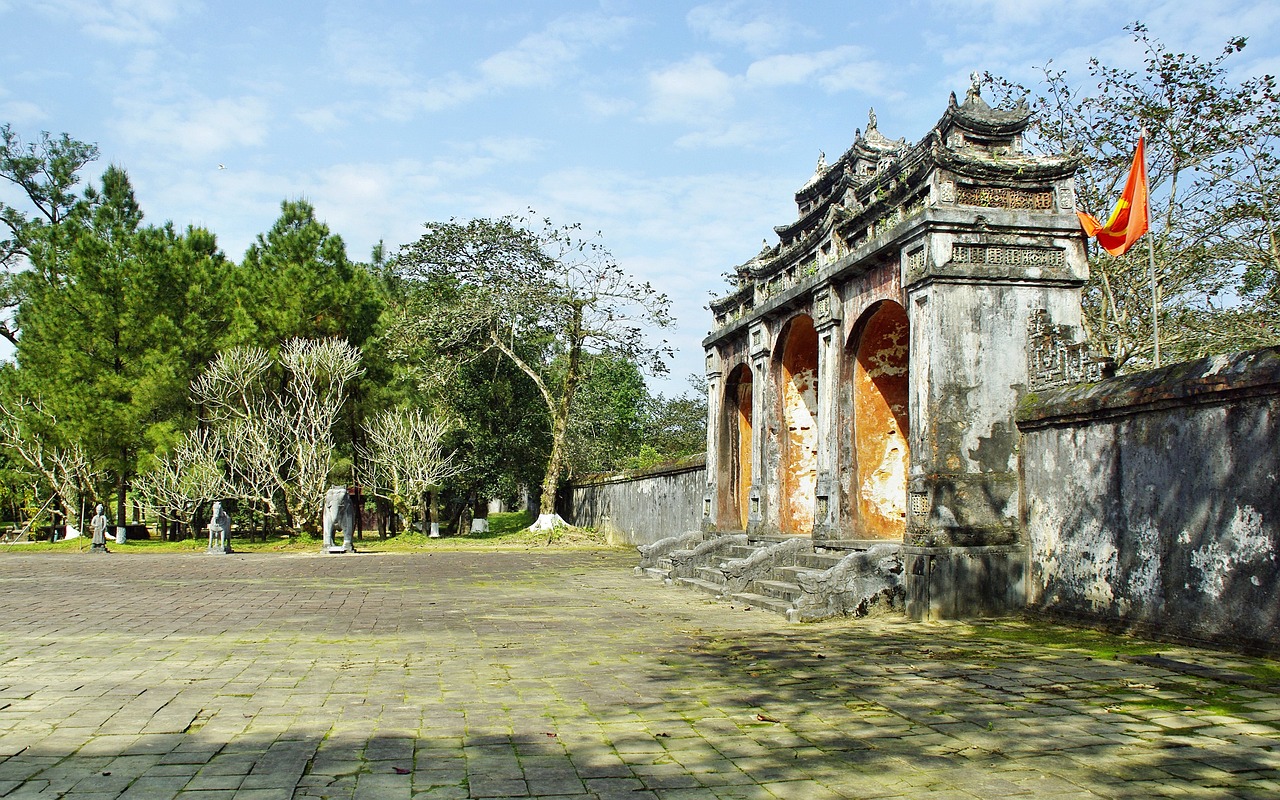
Political Intrigues and Persecutions
During his reign, Nero's rule was marred by political intrigues and ruthless persecutions aimed at maintaining his grip on power. One of the most infamous acts of persecution was directed towards the early Christians, whom Nero blamed for the Great Fire of Rome. This led to widespread arrests, torture, and public executions of Christians, marking a dark chapter in Roman history.
Nero's paranoia and thirst for power also manifested in the execution of political rivals and perceived threats to his authority. The Senate became a tool for Nero's manipulation, with many senators falling victim to his purges and conspiracies. By eliminating potential challengers, Nero sought to solidify his position as the absolute ruler of Rome, resorting to brutality and fear to maintain control.
One of the most significant challenges to Nero's rule was the Pisonian Conspiracy, a plot led by Gaius Calpurnius Piso to overthrow the emperor. The conspiracy aimed to replace Nero with a more acceptable leader in the eyes of the Roman elite. However, the plot was discovered, leading to a wave of arrests, trials, and executions of the conspirators and their supporters.
Through these political intrigues and persecutions, Nero's tyrannical nature became increasingly apparent, instilling fear and unrest among the Roman population. His ruthless tactics and disregard for human life ultimately contributed to his downfall, as the discontent within the empire grew, paving the way for rebellion and the end of Nero's infamous reign.
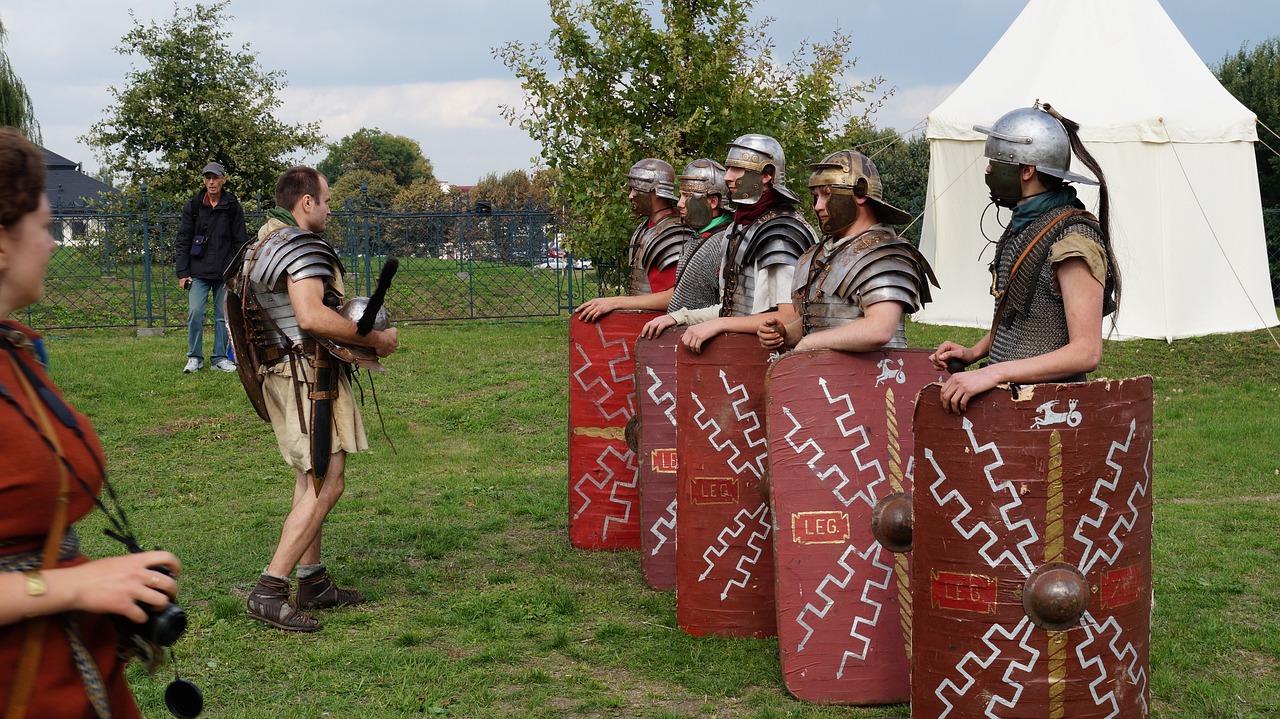
The Pisonian Conspiracy
The Pisonian Conspiracy was a treacherous plot to overthrow Emperor Nero, led by Gaius Calpurnius Piso, a prominent Roman senator. The conspiracy aimed to end Nero's tyrannical rule and restore the Senate's power in Rome. Piso, along with other disgruntled nobles, sought to assassinate Nero during a planned performance at the theater.
However, the plot was betrayed by one of the conspirators, resulting in swift action by Nero's loyalists. Upon learning of the conspiracy, Nero unleashed a wave of brutal reprisals, ordering the executions of numerous senators and their families suspected of involvement. The Senate itself was purged of perceived dissenters, further consolidating Nero's grip on power.
The Pisonian Conspiracy ultimately failed, and its participants faced severe consequences. Piso was forced to commit suicide, while others implicated in the plot met similar fates. The failed coup attempt only served to intensify Nero's paranoia and cruelty, leading to increased repression and violence during the later years of his reign.

Downfall and Legacy
As Nero's reign progressed, his erratic behavior and despotic rule alienated him from the Roman populace and the Senate. The emperor's extravagance and cruelty reached new heights, leading to widespread discontent among the people and the military. The once adored ruler became a symbol of tyranny and excess, with rumors of his involvement in the Great Fire of Rome further tarnishing his reputation.
Amid growing unrest, a series of revolts erupted, culminating in a rebellion by the Roman legions. Facing imminent capture and execution, Nero chose to take his own life rather than face the consequences of his actions. His death marked the end of the Julio-Claudian dynasty and plunged the Roman Empire into a period of uncertainty and chaos.
Despite his ignominious end, Nero's legacy continues to fascinate historians and scholars. His reign symbolizes the dangers of absolute power unchecked by morality or reason, serving as a cautionary tale for future leaders. The cultural impact of Nero's artistic pursuits, though overshadowed by his tyranny, highlights the complex nature of his rule and the enduring influence he exerted on Roman society.
Frequently Asked Questions
- Was Nero really as extravagant and cruel as history portrays him?
Yes, Nero was infamous for his extravagant lifestyle, which included lavish parties, indulgent spending, and brutal treatment of his enemies. His reign was marked by a series of scandals and atrocities that solidified his reputation as a tyrant.
- Did Nero actually play the fiddle while Rome burned?
While the phrase "Nero fiddled while Rome burned" has become a popular saying, there is no historical evidence to support the claim that Nero played the fiddle during the Great Fire of Rome. However, Nero's response to the fire and his subsequent actions fueled rumors of his indifference to the city's destruction.
- How did Nero meet his end?
Nero's reign came to a dramatic end when he faced a revolt by the Roman legions and was declared a public enemy by the Senate. Faced with the prospect of capture and execution, Nero chose to take his own life by committing suicide, thus bringing an end to his tyrannical rule.
- What impact did Nero's legacy have on the Roman Empire?
Nero's reign left a lasting impact on the Roman Empire, with his extravagant spending and brutal tactics contributing to the decline of the imperial system. His legacy as a tyrant and despot has been a subject of debate among historians, shaping perceptions of power and leadership in ancient Rome.

